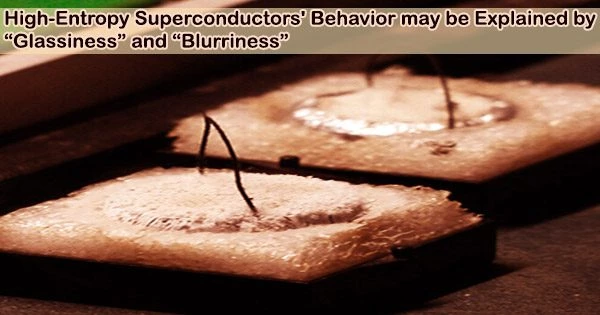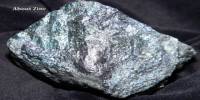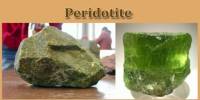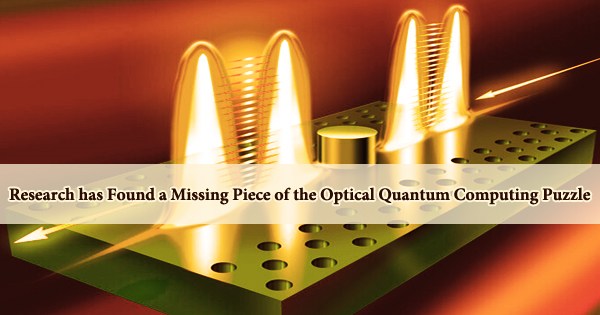A high-entropy superconductor refers to a type of superconducting material that exhibits superconductivity at relatively high temperatures. Superconductivity is a phenomenon in which certain materials can conduct electric current without any resistance, resulting in the lossless flow of electricity.
Tokyo Metropolitan University researchers have found hints that can help us comprehend the behavior of high-entropy metal telluride superconductors. They discovered that the peculiar pressure dependence of the critical temperature at which superconductivity emerges was caused by characteristics resembling those of glasses, solids with an amorphous structure, and “blurry” electronic states, brought on by disorder in the atomic structure.
This could indicate a linkage between electrons and atomic lattice vibrations that would result in novel superconductivity mechanisms. The research is published in the journal Materials Today Physics.
Entropy is a measure of disorder. Entropy is a measure of how many possible configurations there are in a system, be they individuals in a line, components in a mixture, or building blocks in a polymer chain. The same applies to a unique class of alloys known as high-entropy alloys (HEAs).
Tellurium and metal ions are typically organized in a low-entropy, ordered crystal structure in a substance like metal telluride. There are numerous ways to fill the metal sites if a single type of metal is swapped out for a mixture of five distinct metals. This leads to a high-entropy (or high entropy-of-mixing) state, with unique physical properties.
The unique aspect of high-entropy superconductors is that their disorderly atomic structure can potentially enhance superconducting properties. The presence of disorder disrupts the lattice and can lead to the formation of new electronic states that support superconductivity at higher temperatures.
A team led by Associate Professor Yoshikazu Mizuguchi of Tokyo Metropolitan University has been studying the superconductivity of high-entropy metal telluride. In more traditional materials, the critical temperature (Tc) below which superconductivity emerges is known to drop with increasing pressure at high pressures.
The superconductivity of metal telluride high-entropy alloys, on the other hand, was recently discovered to be especially robust at high pressure, with a Tc that did not significantly diminish as the pressure was ramped up higher.
Now, the team has begun to figure out why by measuring and simulating the atomic structure, as well as what energies the electrons like to take (the band structure). It seems that the disorder brought about by the variety of metals that can occupy the metal sites has significant effects on its characteristics.
For instance, just like the many modes of vibration on a guitar string, the ways in which the atoms in the crystalline lattice might vibrate in a typical crystal are frequently restricted to specific frequencies.
However, a simulation of the density of states, a map of the frequencies at which the atomic structure prefers to vibrate, revealed a highly wide structure and not a succession of peaks because of the disorder in how the metal sites are filled. This is typical of glasses, solids with a disordered structure, but not of crystalline materials like metal telluride.
The energy of states in which electrons can lie were widened in a manner comparable to this in the band structure. This was also found to correlate with real, experimentally measured local structural disorder using X-ray diffraction techniques.
It was discovered, however, that the glassiness and blurriness only really show up when the entropy of the metal telluride structure is considerable. The critical temperature no longer decreasing with pressure was also related to this.
The research team hypothesizes a novel coupling between the superconducting properties, the vibrational behavior of the atomic lattice, and the behavior of the material’s electrons. To continue their hunt for novel mechanisms that might explain how superconductivity functions, they are currently focusing on trials with single crystals of high-entropy telluride.
















